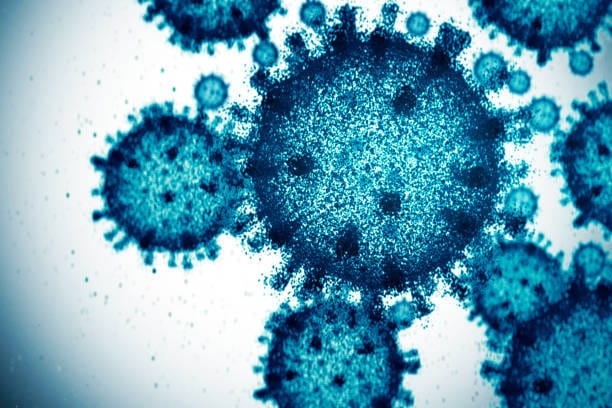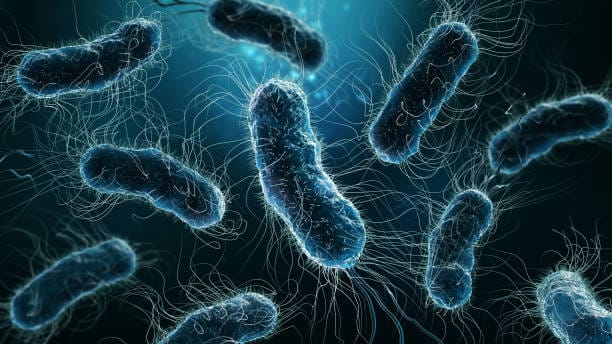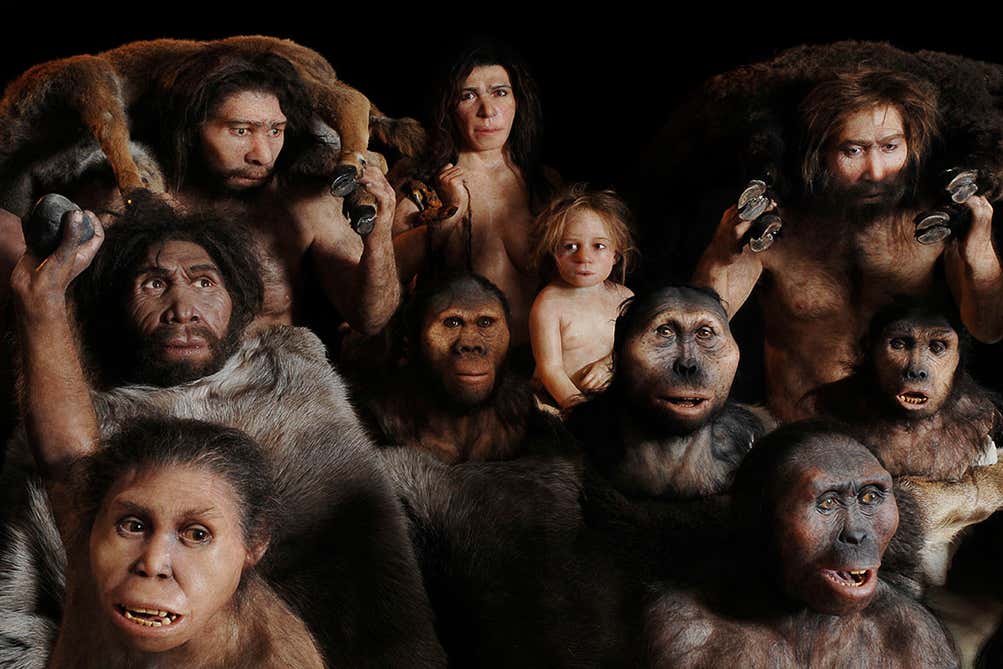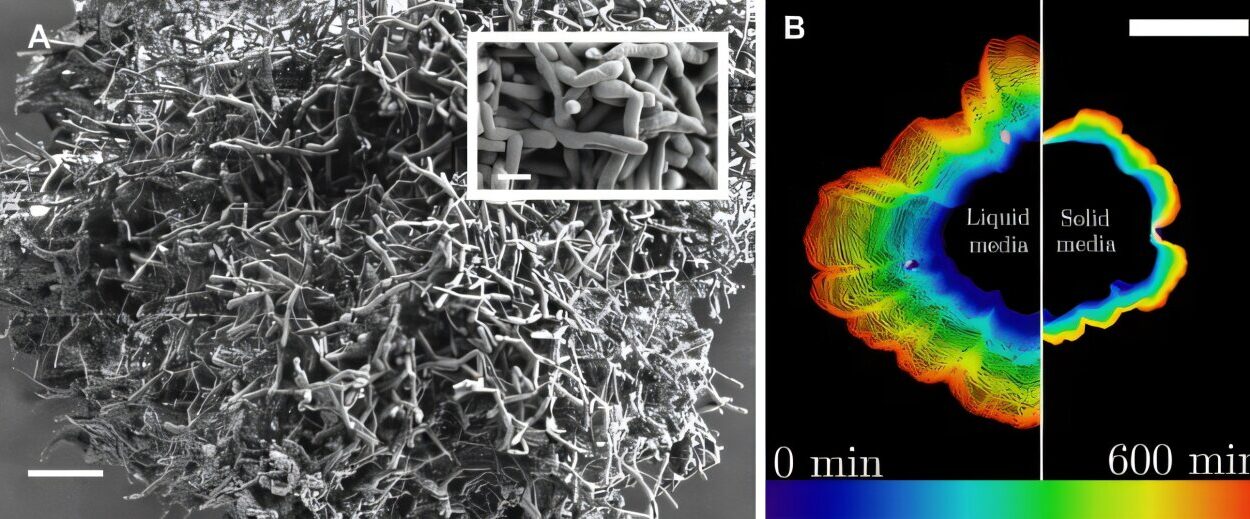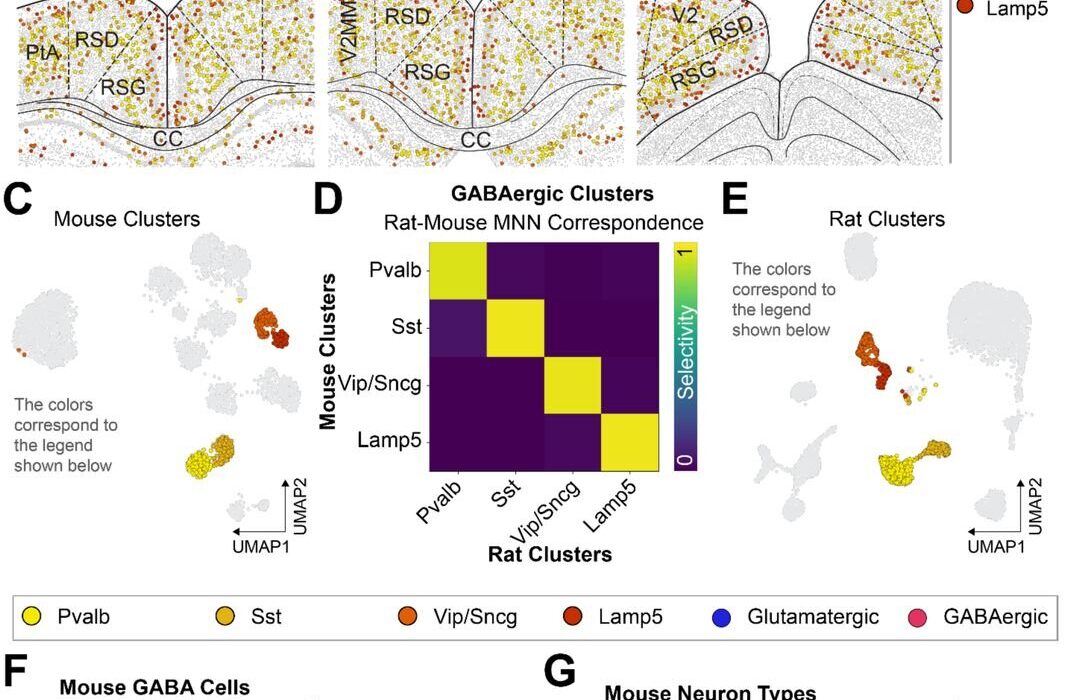Inside the twisting double helix of every living cell lies the ultimate code of life—DNA. It’s a script, a sequence of just four letters—A, T, G, and C—that write the entire symphony of existence. From the shape of a sunflower to the flight of a sparrow, from a human’s blood type to the risk of cancer, everything is orchestrated through that molecular text.
For generations, scientists dreamed of editing that code with the same ease and precision as writing a sentence. What if we could fix the genetic typos that lead to disease? Could we one day erase inherited disorders like cystic fibrosis, sickle cell anemia, or Huntington’s disease before they even manifest?
For most of human history, that idea was fantasy—distant, dangerous, and seemingly unreachable.
Then came CRISPR.
A discovery that began in yogurt and bacteria ended up transforming the entire landscape of genetics. Suddenly, the boundaries of what science could do began to blur. CRISPR wasn’t just another laboratory tool—it was a revolution.
Bacterial Immunity: The Origins of CRISPR
It began in the late 1980s, in the most unlikely of places: E. coli bacteria. Japanese scientist Yoshizumi Ishino noticed some curious repeating sequences of DNA nestled between unique spacer segments in the bacterial genome. These weren’t genes in the traditional sense—they didn’t code for proteins. Their function was a mystery.
Years passed. More researchers discovered similar sequences in different species of bacteria and archaea. It wasn’t until the early 2000s that a stunning insight emerged: the “spacers” matched the genetic sequences of viruses known to attack bacteria.
What if, scientists wondered, this was a primitive immune system? A bacterial memory of past invaders?
That idea turned out to be true. When a virus attacks, the bacterium cuts a snippet of its DNA and stores it in its genome between those repeats. If that virus ever comes back, the bacterium can recognize it instantly—and send out a molecular hit squad to destroy it.
This system became known as CRISPR—short for “Clustered Regularly Interspaced Short Palindromic Repeats.” The actual scissors responsible for slicing the viral DNA were proteins known as Cas enzymes (short for CRISPR-associated).
It was elegant. Efficient. Powerful.
And someone realized it could be repurposed.
The Leap to Genetic Engineering
In 2012, two scientists—Jennifer Doudna of the University of California, Berkeley, and Emmanuelle Charpentier, then in Sweden—published a paper that rocked biology to its core.
They showed that CRISPR could be programmed to target any DNA sequence—not just viruses. By designing a short guide RNA to match a target gene, they could direct the Cas9 enzyme to snip that DNA with incredible precision.
This wasn’t just about defense anymore.
CRISPR-Cas9 was a universal gene editing tool. It worked like molecular scissors guided by GPS. And suddenly, humanity had a way to edit the very code of life, efficiently, affordably, and with extraordinary precision.
The implications were staggering.
Rewriting the Genome: How CRISPR Works
To understand the power of CRISPR, imagine editing a word document. CRISPR is like your cursor—precisely locating the word you want to change. Cas9 is your delete key, cutting out the error. And your cell’s natural DNA repair machinery is the autocorrect, pasting in the new sequence you provide.
It works like this:
- Scientists create a guide RNA—a short stretch of RNA designed to match a specific DNA sequence in the genome.
- That guide is paired with the Cas9 enzyme, which acts as a molecular scalpel.
- Together, the CRISPR-Cas9 complex enters the cell and searches the DNA for the exact matching sequence.
- When it finds the match, Cas9 cuts both strands of the DNA at that location.
- The cell rushes to repair the break. If scientists provide a replacement template, the cell may incorporate the new code, correcting mutations or inserting new genes.
It sounds simple. In practice, it’s one of the most astonishing feats of modern biology.
This method has been used in cells from bacteria, plants, animals, and humans. And it doesn’t stop at editing DNA—it can be used to activate or silence genes, create animal models of disease, or even engineer synthetic biological circuits.
Transforming Medicine: The Genetic Revolution Begins
The first and most obvious application of CRISPR is in medicine—particularly in treating genetic diseases caused by single mutations. For years, conditions like Duchenne muscular dystrophy, beta-thalassemia, and sickle cell anemia had no cure. They were encoded in the DNA—inescapable.
Now, CRISPR offers hope.
In a landmark trial in 2019, scientists treated patients with sickle cell disease and beta-thalassemia using CRISPR. They extracted stem cells from the patients’ bone marrow, used CRISPR to correct the mutation, and infused the edited cells back. The results were astonishing: patients who had suffered from severe pain and transfusion dependence were suddenly disease-free.
These weren’t theoretical results. These were real people, walking free from a lifetime of suffering—because their DNA had been rewritten.
Other trials have followed. CRISPR has been used to treat rare inherited blindness, certain types of leukemia, and even in vivo editing—editing cells inside the body—such as in the treatment of amyloidosis.
Beyond Cure: Engineering Immunity
Cancer, too, has become a battleground for CRISPR.
One approach, called CAR-T therapy, involves modifying a patient’s immune cells to better recognize and destroy cancer cells. With CRISPR, scientists can make those edits faster, cleaner, and more effectively than ever before.
In China, researchers were among the first to inject CRISPR-edited immune cells directly into patients with lung cancer. While early trials were cautious, the potential was clear: CRISPR could arm the immune system with weapons it never had before.
In the future, we might design immune cells that patrol the body like precision-guided missiles, able to detect and destroy cancer long before it forms a tumor.
CRISPR in Agriculture: Reimagining Nature
The power of CRISPR isn’t limited to medicine. In agriculture, it promises a second Green Revolution.
Traditional genetic modification relied on transferring genes across species—sparking controversy and regulatory hurdles. CRISPR is different. It can tweak an organism’s existing genes without adding foreign DNA, often producing results indistinguishable from natural mutation.
Scientists have used CRISPR to create disease-resistant rice, wheat with increased yield, mushrooms that don’t brown, and soybeans with healthier oil content. Unlike older GMOs, many CRISPR-edited crops might not be classified as genetically modified under current regulations.
In livestock, CRISPR is being used to breed pigs resistant to devastating viruses, hornless cattle to reduce injury and stress, and even sheep with better wool.
And as climate change strains our food systems, CRISPR could create drought-resistant crops, salt-tolerant plants, and livestock better suited to warmer climates.
Gene Drives and Ecological Engineering
Perhaps the most controversial CRISPR innovation is the gene drive—a genetic system that spreads a trait through a population at lightning speed.
Normally, each parent has a 50% chance of passing a gene to their offspring. But with a gene drive, CRISPR ensures that nearly all offspring inherit the edited gene. Within a few generations, the entire population carries it.
Scientists have proposed using gene drives to wipe out malaria-carrying mosquitoes by editing genes that affect fertility or sex determination. The idea is bold: instead of fighting malaria with bed nets and drugs, eliminate the vector entirely.
But the risks are profound. Once released into the wild, a gene drive cannot be recalled. Ecological consequences could be irreversible. What if it spreads to other species? What if an edited organism escapes its intended ecosystem?
In response, scientists are developing “brake” systems, controllable gene drives, and fail-safes. But the dilemma remains: we now have the power to alter entire species. Should we?
Ethical Frontiers and Human Germline Editing
In 2018, the world was stunned when Chinese scientist He Jiankui announced he had edited the genomes of twin girls—Lulu and Nana—at the embryo stage, making them resistant to HIV.
The news triggered global outrage.
Germline editing—editing sperm, eggs, or embryos—means that the changes are passed on to future generations. That’s a line most scientists and ethicists had agreed not to cross, at least not yet.
He Jiankui’s work was condemned as premature, unethical, and reckless. He was sentenced to prison, and his research banned.
But the Pandora’s box had been opened.
Should we allow germline editing if it means eradicating devastating diseases? What about enhancements—stronger muscles, higher IQ, better memory?
The line between therapy and enhancement is blurry. And with CRISPR, we’re forced to confront questions that once lived in science fiction: Should we design our children? Should we create “better” humans?
The technology exists. What remains is how we, as a society, choose to use it.
CRISPR’s Limitations and Evolving Tools
CRISPR is not perfect.
Cas9 can occasionally cut at unintended sites—called off-target effects—leading to unintended mutations. These mistakes, though rare, could be dangerous in clinical settings.
To combat this, scientists have developed high-fidelity Cas enzymes with greater precision. They’ve also created entirely new tools:
- Base Editors that change a single DNA letter without cutting the DNA strand.
- Prime Editors, sometimes called “CRISPR 2.0,” that can search and replace DNA like a word processor—more versatile and precise than ever before.
The toolbox keeps growing. CRISPR isn’t just a technique anymore—it’s a platform.
Global Collaboration and the Race to Innovate
Since its discovery, CRISPR has sparked a scientific arms race. Laboratories around the globe have plunged into gene editing, not only for fame but for solutions to the world’s most pressing problems.
The Nobel Prize in Chemistry 2020 was awarded to Doudna and Charpentier—the first two women to share that prize alone—for the invention of CRISPR-Cas9.
Startups and biotech giants have followed. CRISPR Therapeutics, Editas Medicine, Intellia—all are racing to bring gene editing therapies to market.
Meanwhile, global organizations like the World Health Organization and the International Commission on the Clinical Use of Human Germline Genome Editing are working to set ethical standards, regulate clinical trials, and ensure equity.
Because as with all transformative technology, CRISPR could heal—or it could divide.
If only the rich can afford to edit disease out of their bloodlines, we risk deepening inequality. If the technology spreads without oversight, we could face unintended consequences in ecosystems, societies, and generations to come.
A New Language of Life
CRISPR has not only given us the tools to change DNA—it’s changed how we think about life itself.
Genes are no longer destiny. The genome is no longer sacred, untouchable. It’s editable, programmable, even designable.
This shift is not just scientific—it’s philosophical. For the first time in history, humanity holds the pen over the code of life. We can write, rewrite, and perhaps even compose new life.
That power is exhilarating. It’s also terrifying.
As we move forward, we must navigate this frontier not just with curiosity and ambition—but with humility, caution, and an unshakable commitment to ethics.
The Future Written in Code
What will the world look like in fifty years?
Perhaps newborns will be screened and treated for genetic disorders before they ever take their first breath. Perhaps malaria will be a memory, thanks to gene drives that controlled the mosquito population. Perhaps crops will flourish in deserts. Perhaps endangered species will be revived using edited DNA. Perhaps we will create life forms that never existed before.
CRISPR is not magic. It is science. But like all great science, it invites us to dream—and to fear.
The question now is not whether we can edit life.
It is: What kind of life will we choose to create?


